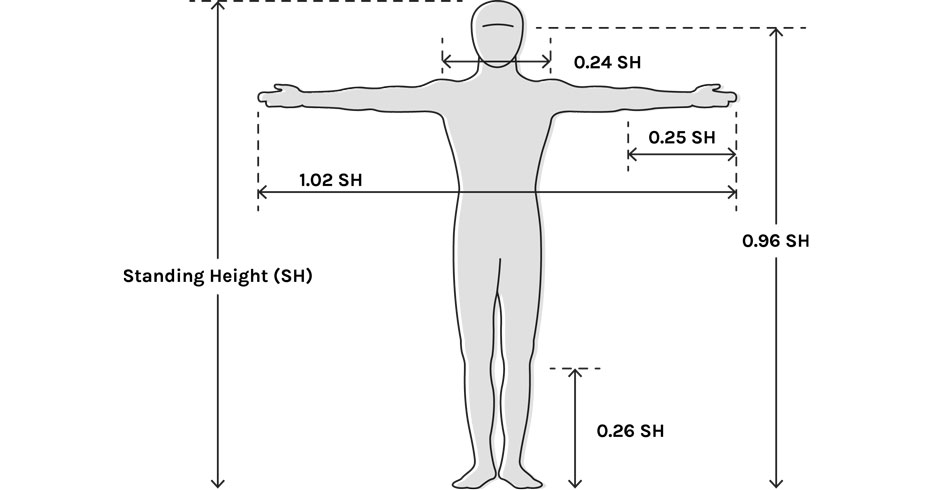
Ergonomics. The mere word conjures up images of office chairs, funky split keyboards, and maybe even a standing desk workstation, but the concept has deep roots in not only the workplace, but the changing national landscape, including the military. Did you know that "human factors," the comprehensive branch of science that encompasses ergonomics, involves much more than what products you fill your office with? In fact, it involves all of the following:
- Anthropometry: body sizes, shapes; populations and variations
- Biomechanics: muscles, levers, forces, strength
- Environmental physics: noise, light, heat, cold, radiation, vibration body
- Systems: hearing, vision, sensations
- Applied psychology: skill, learning, errors, differences
- Social psychology: groups, communication, learning, behaviors
But at the end of the day, ergonomics is about comfort, and finding that ideal balance between it and support. You can thank your chair for the kind gesture, but ergonomics didn't start there...
A Brief History of Ergonomics
Ergonomics - A New National Necessity
Early ergonomics studies focused on improving productivity at work with systems that took into consideration the body's natural capabilities, but it wasn't until the U.S. military saw the benefits that ergonomics offered soldiers that it gained widespread traction. As research and science advanced, and as World War I neared, improvements in productivity became a matter of national necessity. Fast forward to World War II; experimental psychologists searched for reasons for costly wartime aircraft crashes, which led them to an eye-opening discovery: a majority of accidents happened as a result of poor design and/or limitations of the human body.
The Beginning of a New Era
The 1960s brought the first wave of primitive computers and these early students and engineers of ergonomics were quick to incorporate the new technologies into their systems of improving work processes. By the year 2000, computers had quickly become a regular fixture in most American homes, leading more people to rely on sitting at a desk for work and recreation. That brings us to the ergonomics era of today.
Making Work Safer and Healthier Than Ever
Modern ergonomics is about safety, quality, and productivity; product developers and ergonomists push the limits of design to create tools that give users more freedom to adjust their environment to fit their bodies so they do better work. When you think of ergonomic products, you probably think about a boring office chair. Yet, upon closer inspection, you might start to see many of the chairs adjustment features, those little knobs, levers, and flexible parts that put the user in control of their seated comfort. Most ergonomic chairs take multiple years to design, but the end results are worth the effort. Nowadays, you'll see a large collection of products like standing desks, monitor arms, keyboard trays, and yes, office chairs, all designed to help you work better and with more comfort.